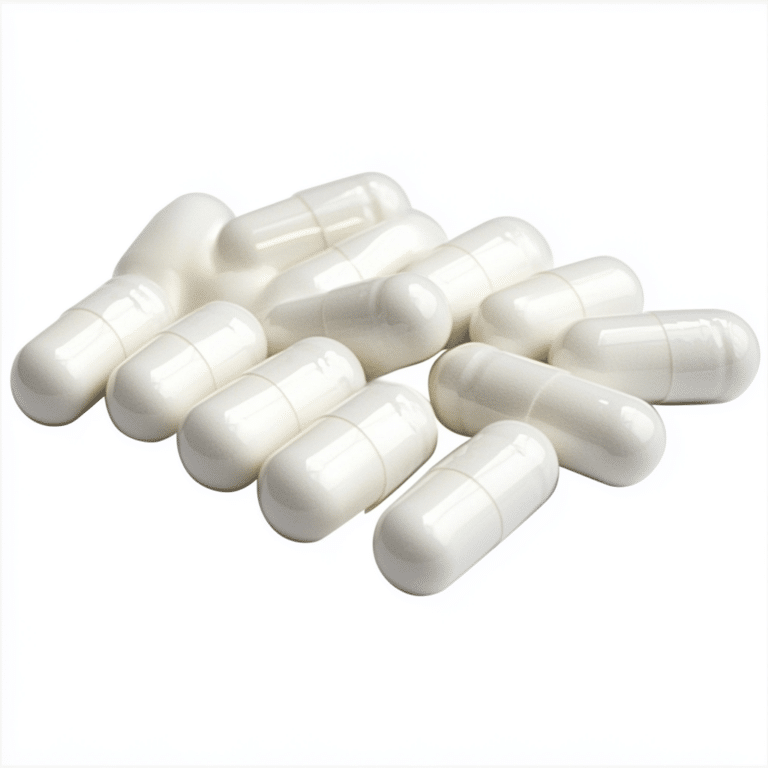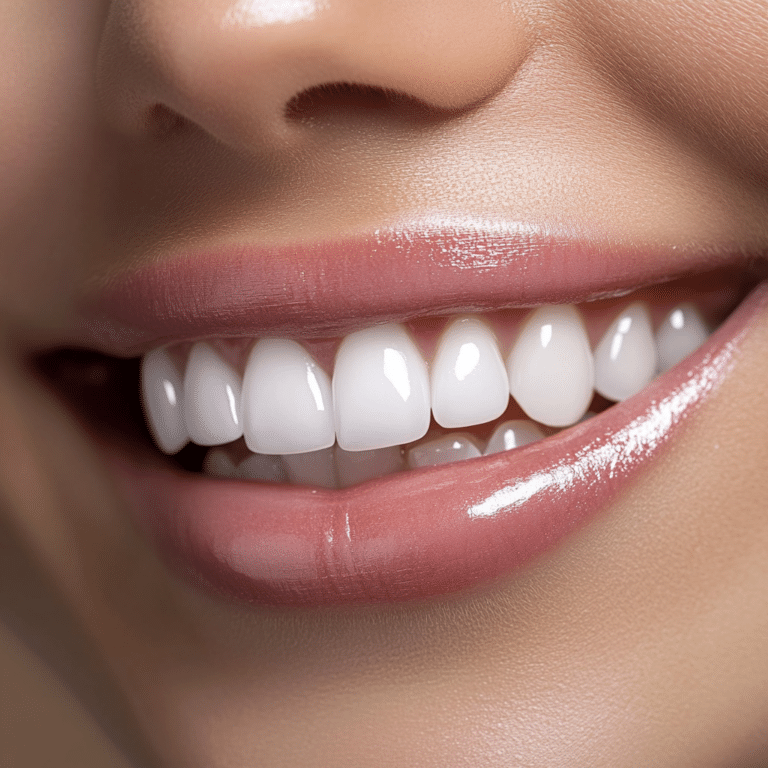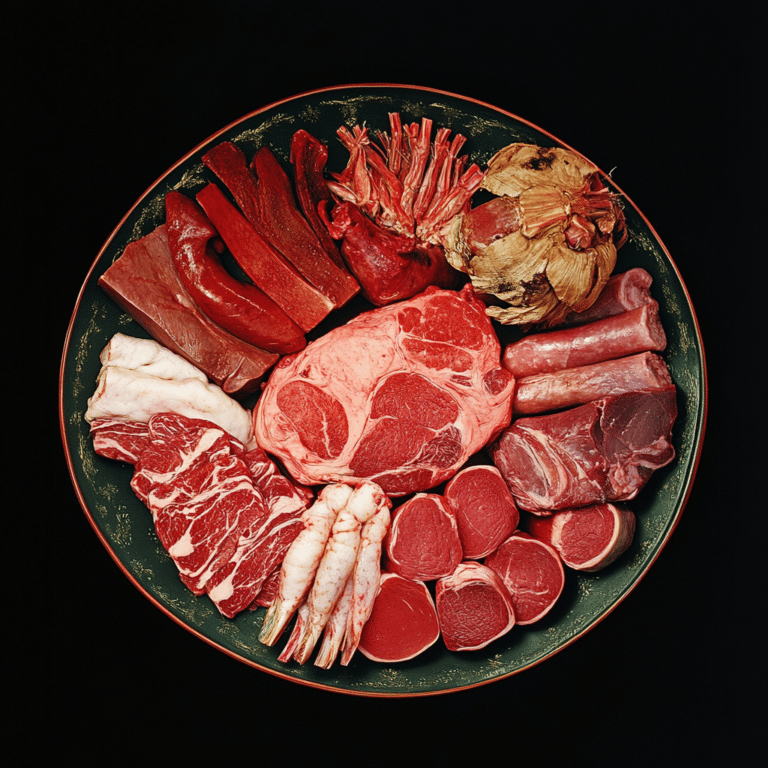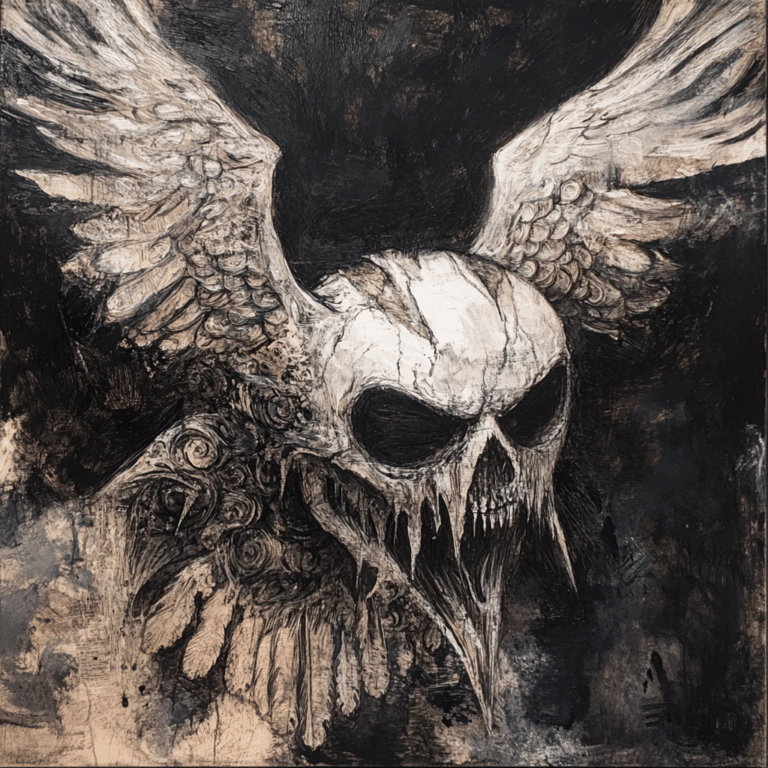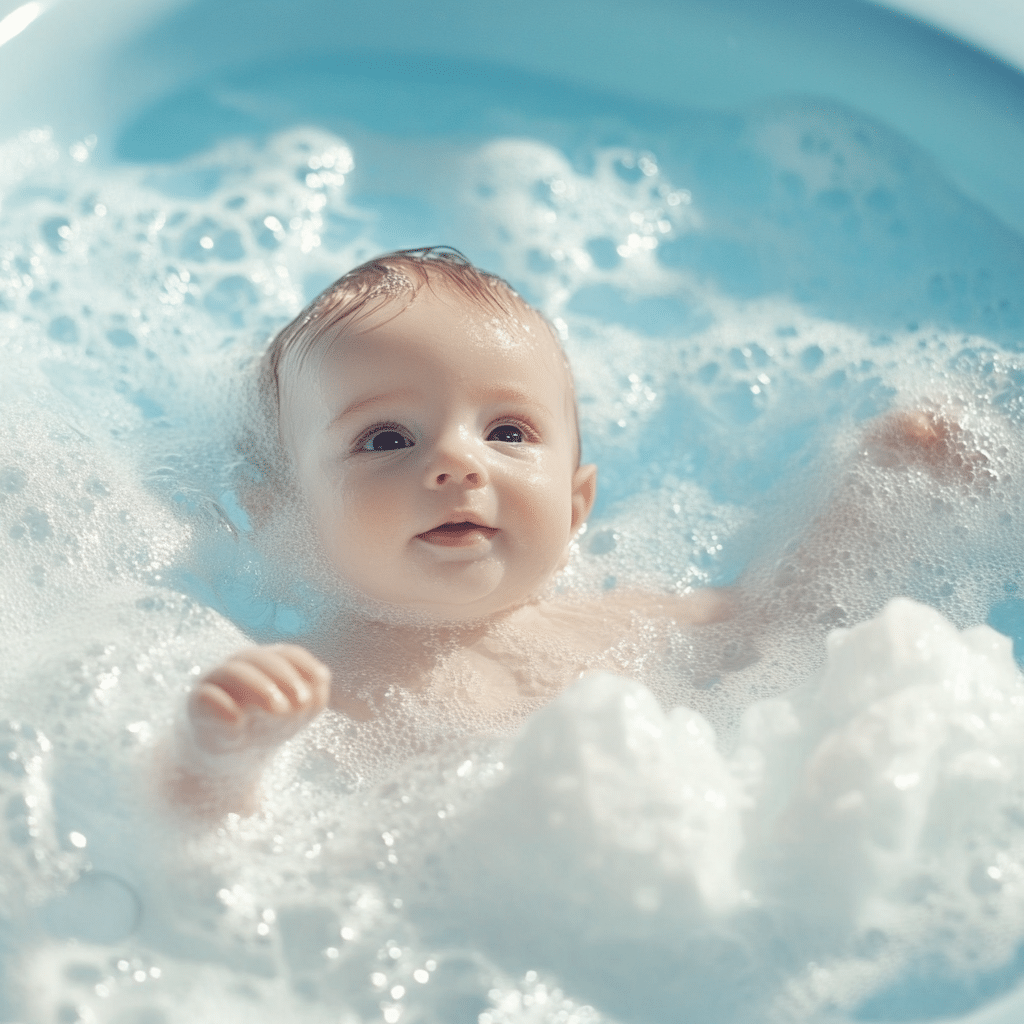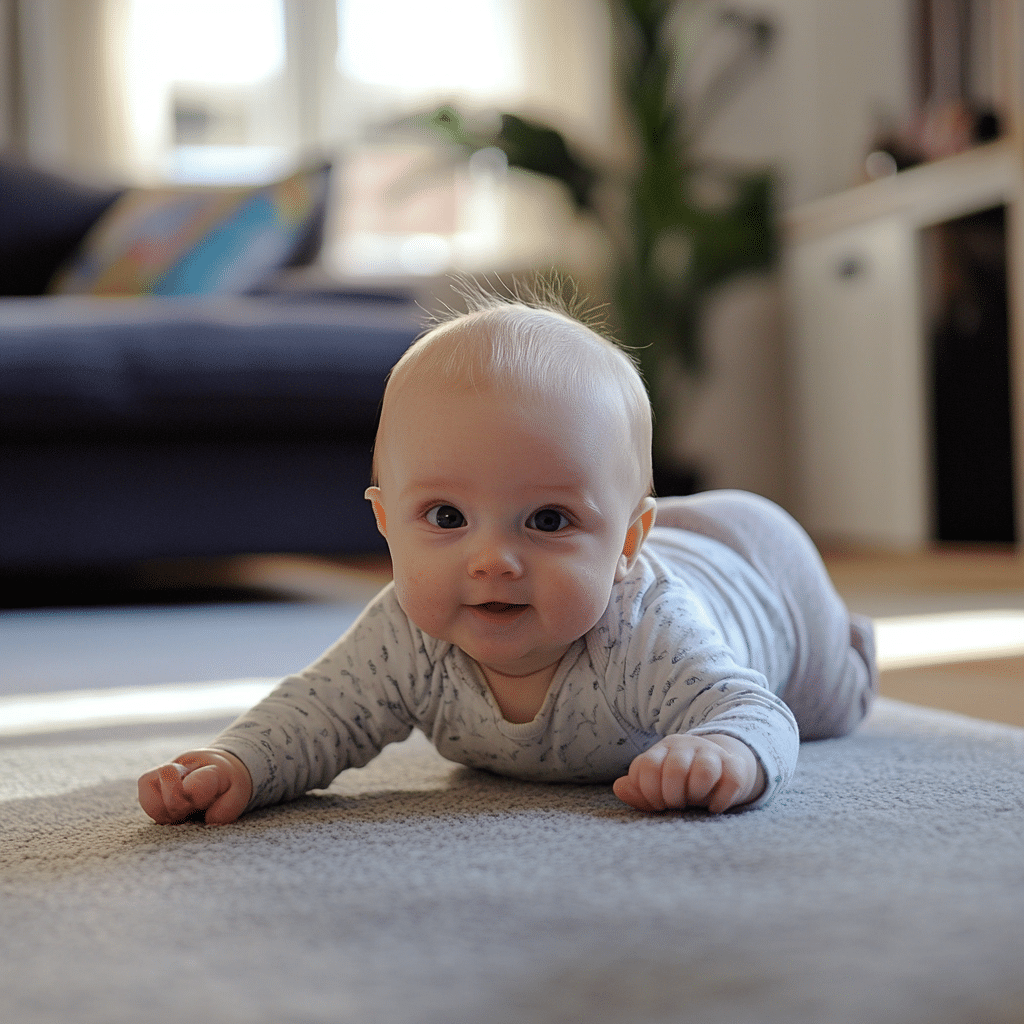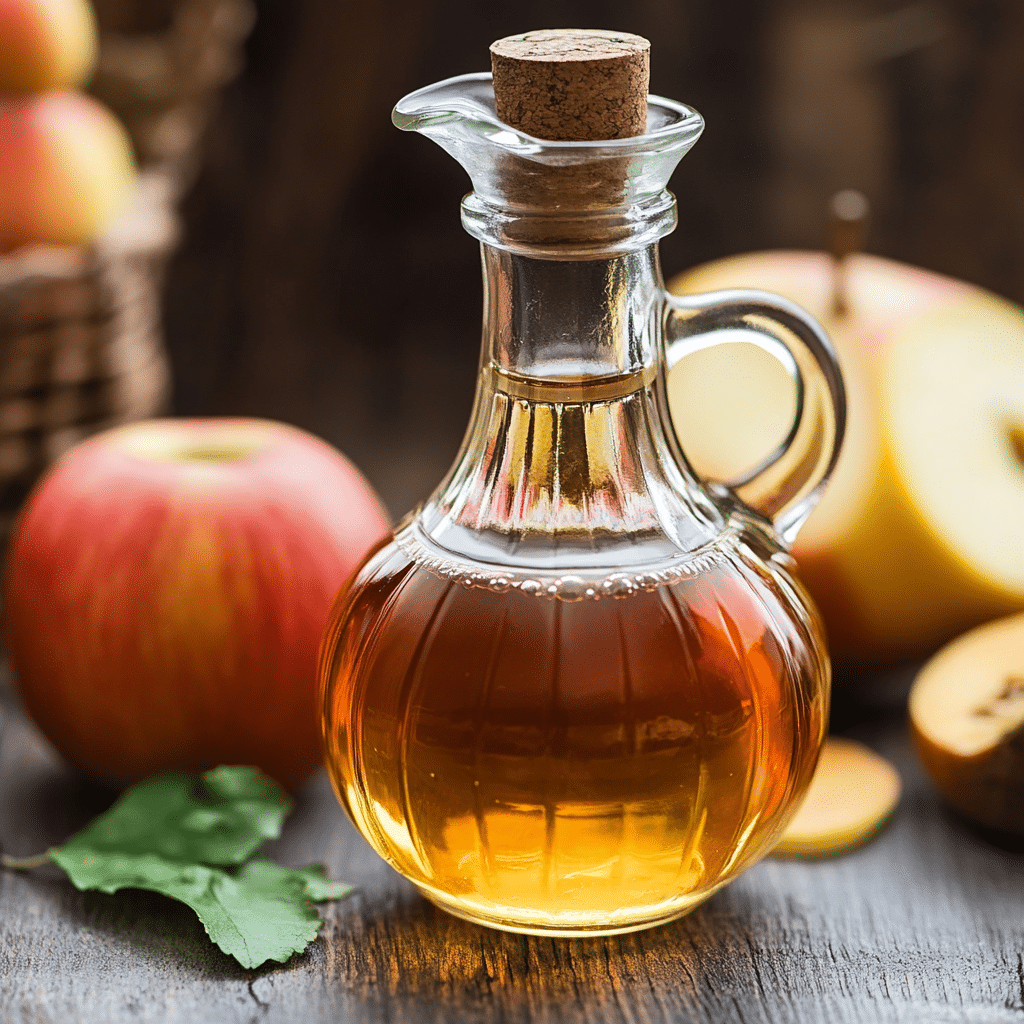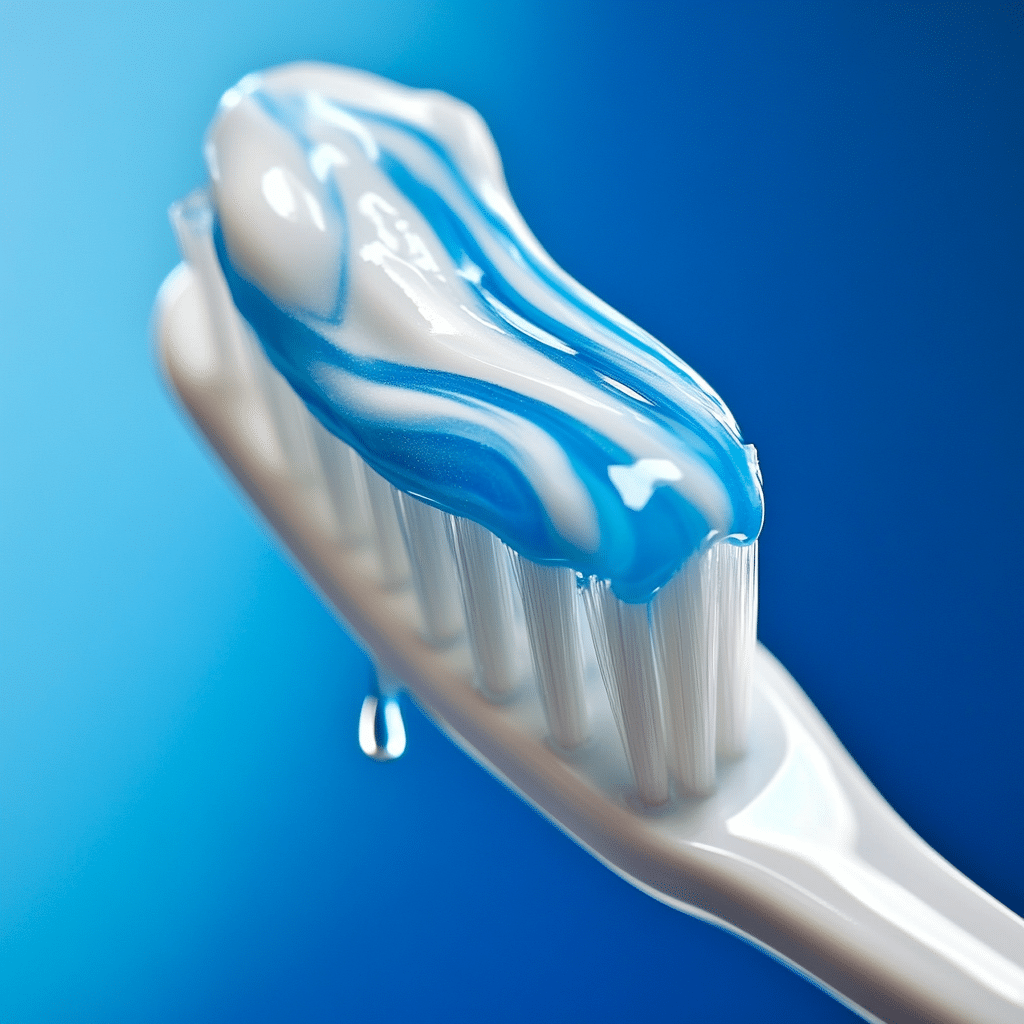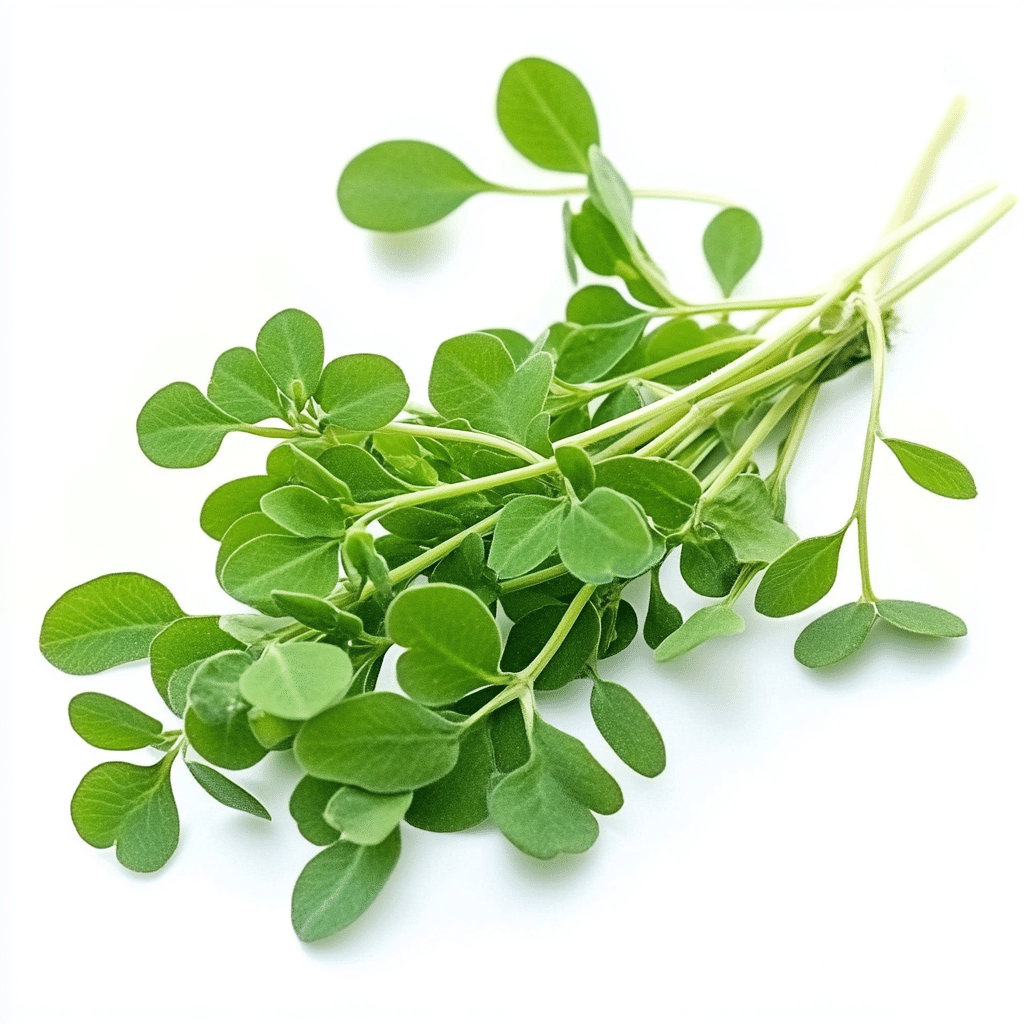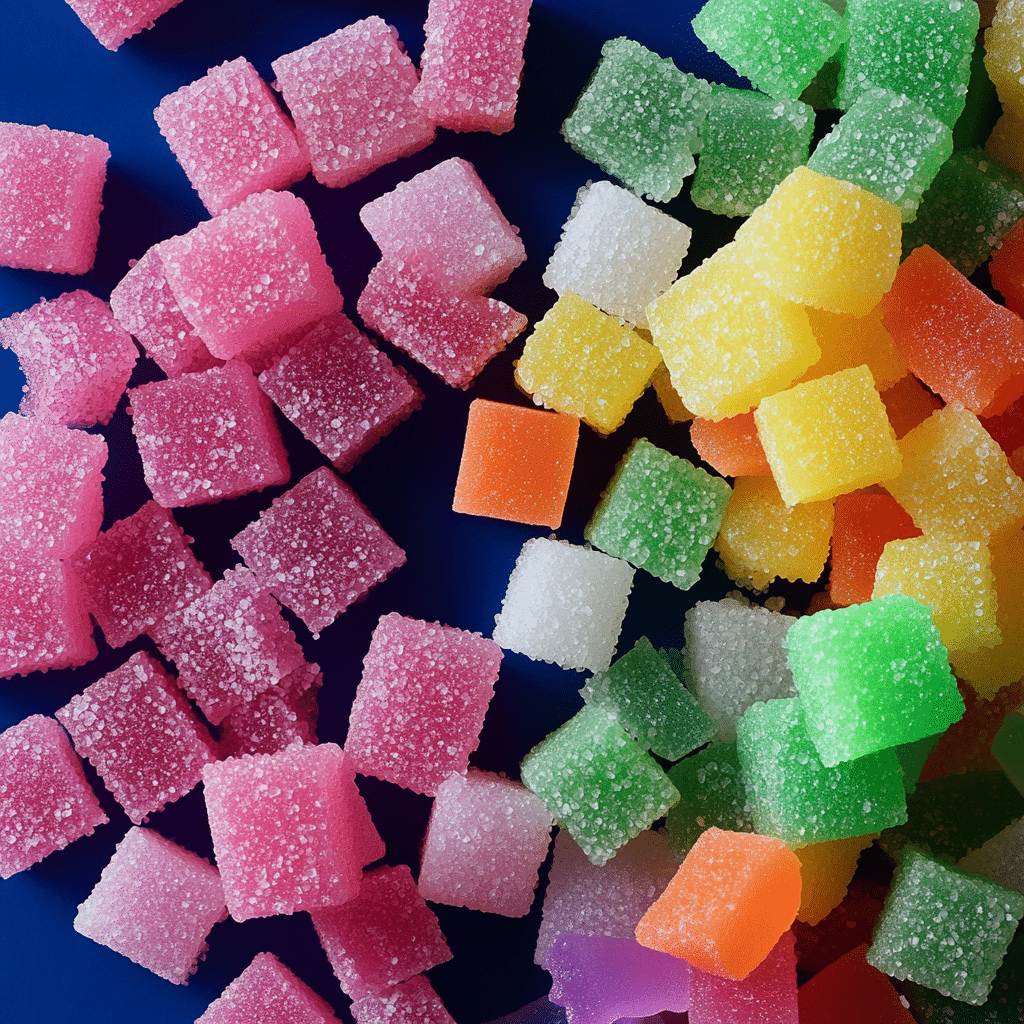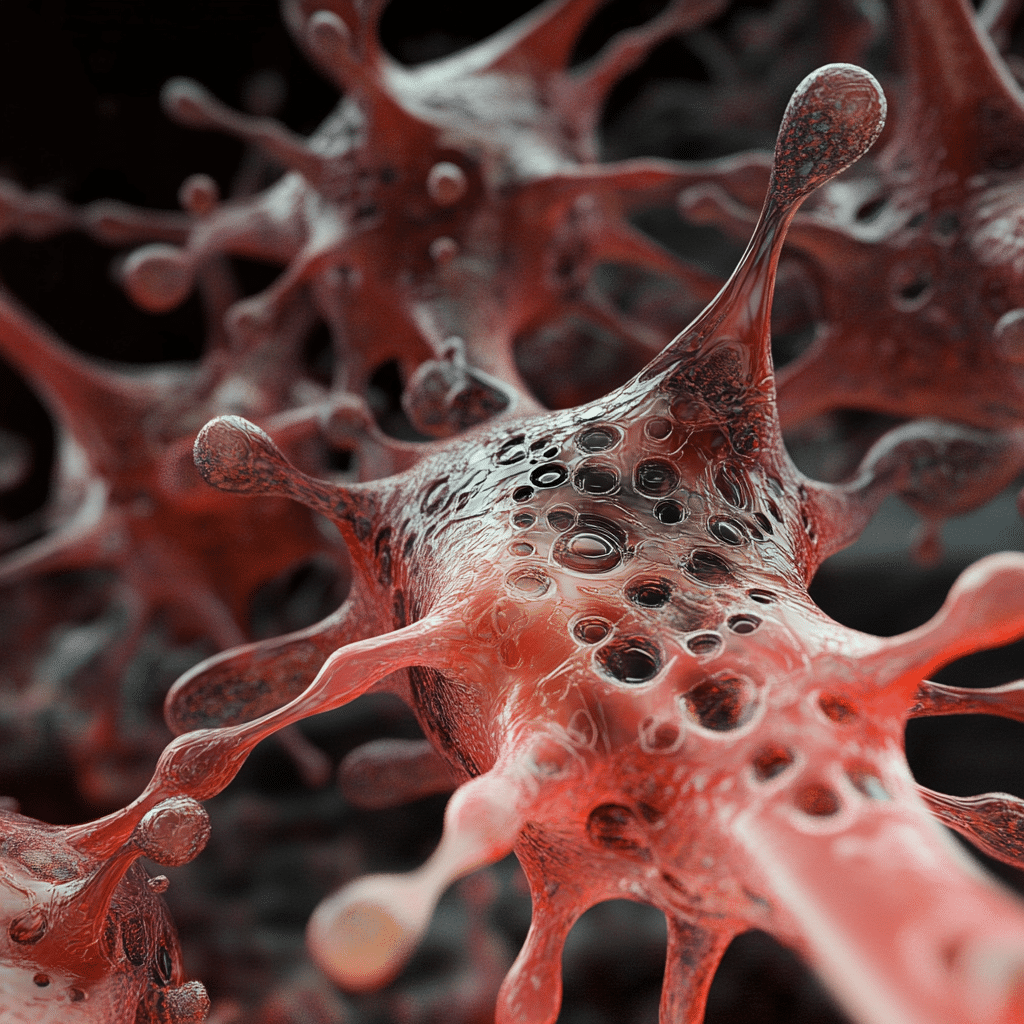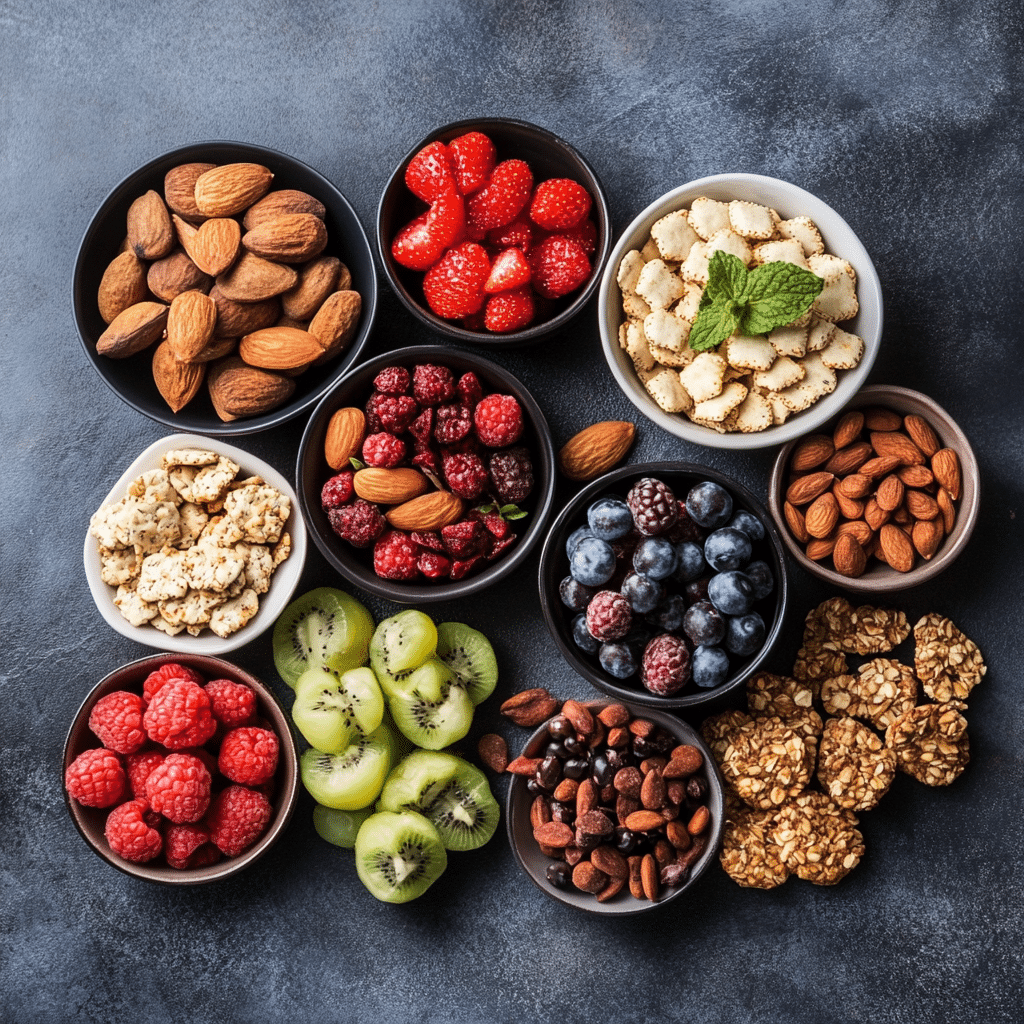The deadlift is more than just a lift; it’s a testament to raw power and functional strength. Often lauded as one of the most effective compound movements in strength training, the deadlift engages a host of muscle groups to maximize gains. Knowing the deadlift muscles worked can help you refine your technique and revolutionize your training routine. If increased muscle mass and shredded abs are your goals, then jump on this heavy-lifting train, and let’s get started!
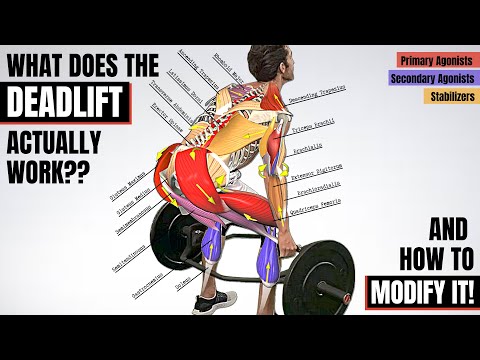
The Anatomy of the Deadlift: Muscles Engaged for Power
Deadlifting is a hip-dominant movement, working everything from your glutes to your forearms—each muscle group contributing to your overall strength. Understanding these specific deadlift muscles worked will allow you to unleash your full potential.
Primary Muscles Targeted
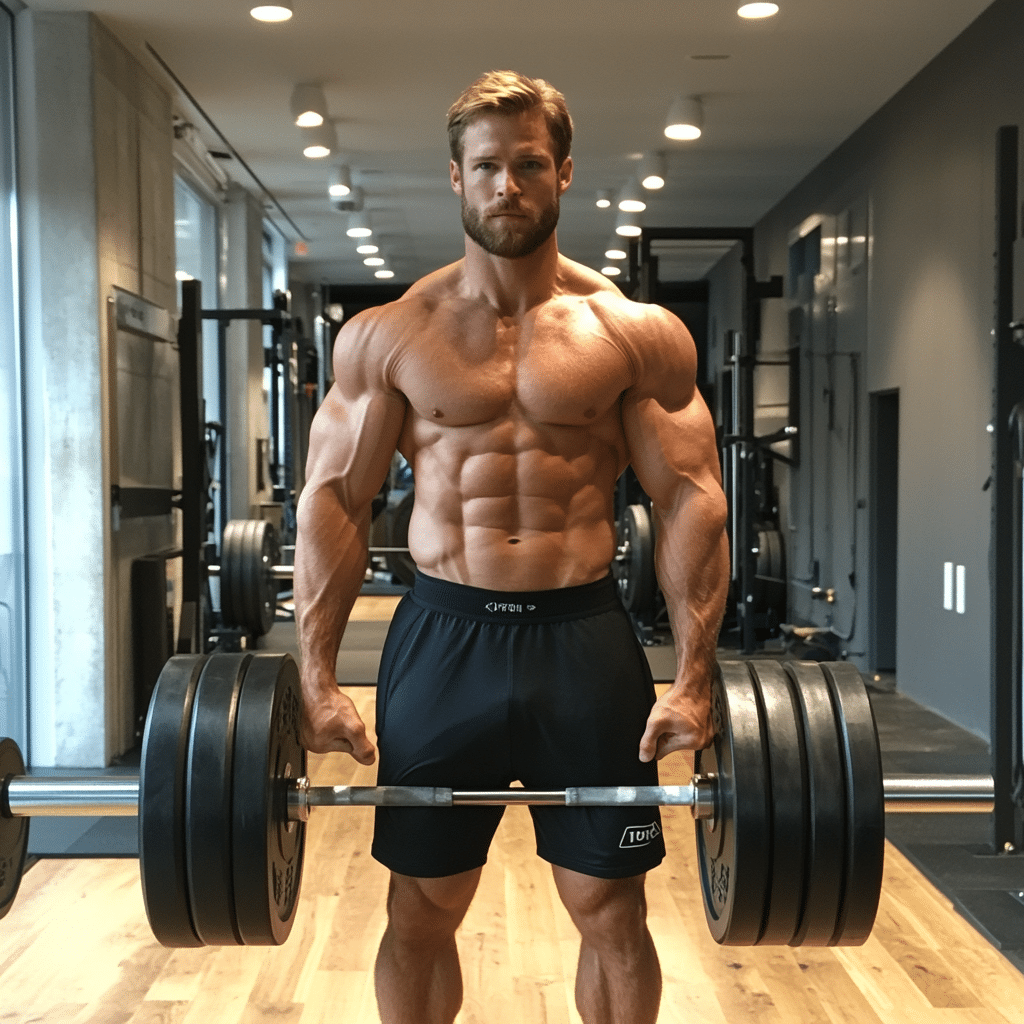
Beyond Muscles: Technique and Training Principles for Maximum Gains
Achieving maximum strength gains from deadlifting requires more than just knowing which deadlift muscles worked. Your technique and training principles are just as crucial. Let’s delve into ways you can optimize muscle engagement while minimizing injury risks.
Proper Form and Setup
Variety in Deadlift Strategies
Accessory Movements
Adding in accessory lifts can be a game-changer for your deadlift. Incorporate movements like Romanian deadlifts or hip thrusts to fortify the muscles specifically engaged during the lift. Many professional athletes understand the need for these supplementary lifts to strengthen their hamstrings and glutes, effectively enhancing their deadlifting prowess.
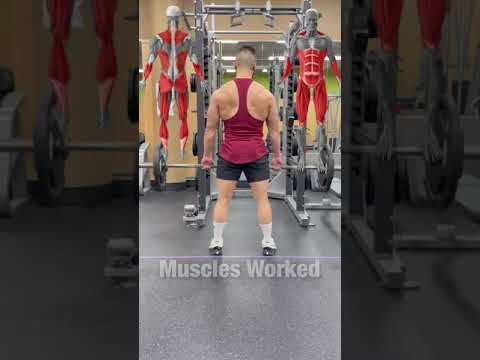
Innovations in Deadlifting for Enhanced Strength Training
As we trod into 2024, the landscape of strength training is evolving. New tech and training methods are revolutionizing how athletes approach the deadlift. Cutting-edge wearables provide in-depth analysis of body mechanics, allowing lifters to better understand their techniques. Coach Ben Bruno emphasizes the significance of biomechanics in helping athletes adjust their strategies for lifting effectively.
Moreover, personalized nutrition plans are becoming pivotal for muscle recovery and growth. Tailoring your diet to support your lifted weights can play a major role in maximizing your results.
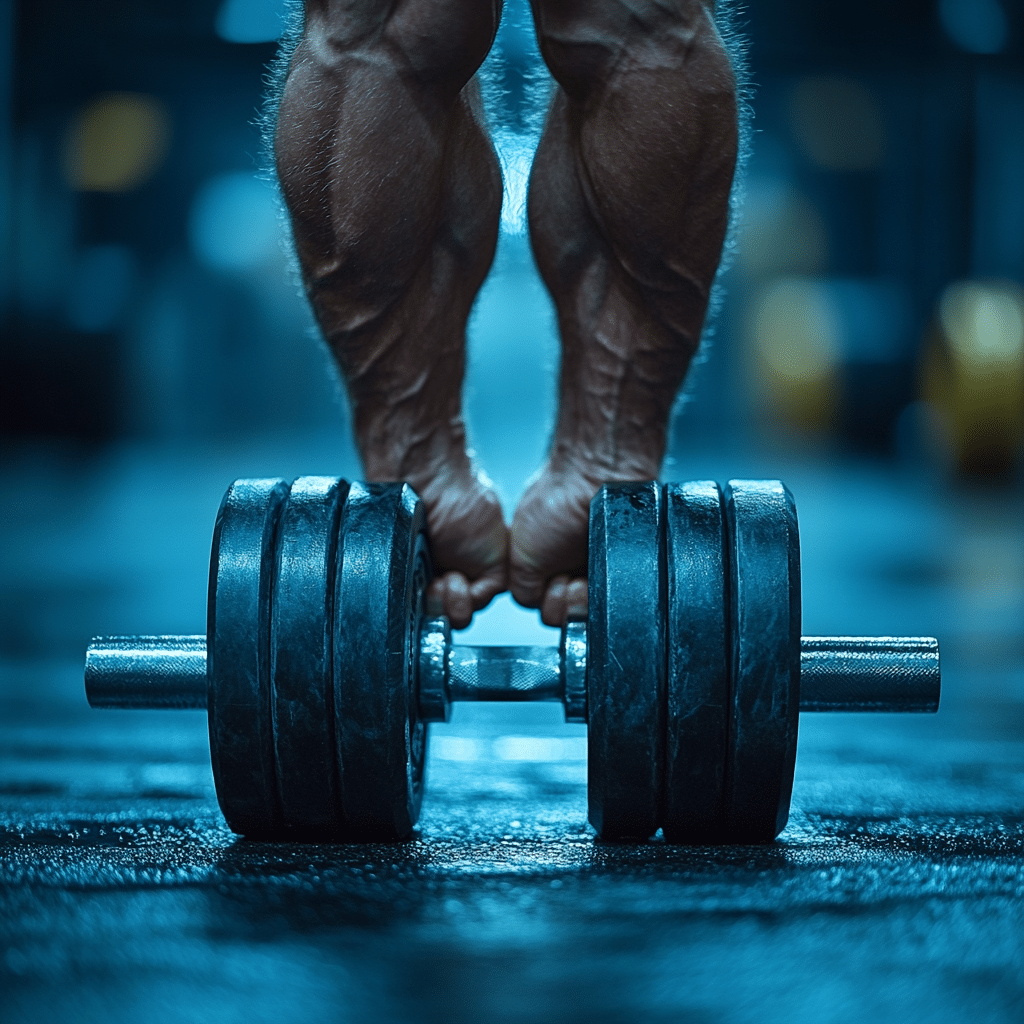
Elevating Your Deadlift: The Road to Maximum Strength Gains
Mastering the deadlift involves a layered approach; it’s not just about lifting heavier weights. It’s about comprehending how every muscle fiber engages and refining your training to optimize muscle engagement. By understanding the deadlift muscles worked and honing your freaking technique, you can unlock unprecedented strength gains.
Continuously learn and adapt as you challenge your limits in the gym. As you embark on your deadlifting journey, remember this: Strength training isn’t just a hobby; it’s a discipline. So get out there, pull that weight, and carve out the strongest version of yourself. Remember, your deadlifting success is about working smarter, not just harder, so ensure every rep counts!
If you’re ready to ramp up your deadlifting game, check out these cool resources: Coach Fanny pack, perfect for keeping your essentials handy while you train. Also, don’t forget to snag a pair of Converse Basketball shoes to solidify your stance and grip while lifting. Happy lifting!
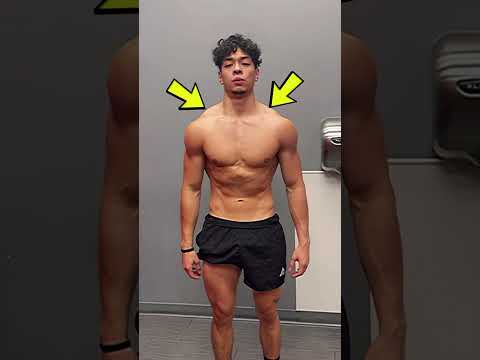
Deadlift Muscles Worked for Maximum Strength Gains
The Full Body Workout
When it comes to the deadlift, the muscles worked aren’t just limited to your lower back. While your glutes and hamstrings play a huge role, don’t forget about your core! This powerhouse lift targets over 600 muscles, helping you build strength all over. Interestingly, did you know that lifting heavier can boost your overall athletic performance? It’s like being in a l chat with your body, understanding how every part connects to enhance your capabilities. Plus, the synergy achieved during deadlifts is much like how actors like Brett Harrelson prepare for their roles—balancing strength and finesse.
The Prime Movers
The quadriceps are often the unsung heroes of the deadlift. These muscles not only assist in the lifting motion but also stabilize your knees throughout the process. Moreover, let’s not overlook the importance of your upper body. Your traps and lats engage to keep your back stable, allowing you to maintain proper form. It’s akin to finding the perfect taco at Tacombi—a balance of flavors that makes everything come together beautifully. So, when considering your progress, those deadlift muscles worked are akin to the intricate details that elevate a good meal to an unforgettable experience.
The Benefits Beyond Gains
Engaging multiple muscle groups also means you’re torching calories and boosting your metabolism, which is vital for overall fitness. Think of it like finding the best deals on a Nintendo Switch target—you get maximum value from each lift! And here’s a fun fact: the deadlift is embraced by athletes across various sports, from football players to weightlifters. In fact, performance coach Tim McFarland from Brooklyn often emphasizes that developing a solid deadlift routine can enhance your overall athletic prowess. By focusing on the deadlift muscles worked, you’re not just lifting—you’re paving the way for greater achievements in your fitness journey.
Now that you know the full extent of what muscles are being worked during a deadlift, it’s time to put this knowledge into action! So gear up and get ready to reap the benefits of one of the most effective lifts out there. Guess what? Like the unique flavors at Costaban, each deadlift can bring something different to your training.
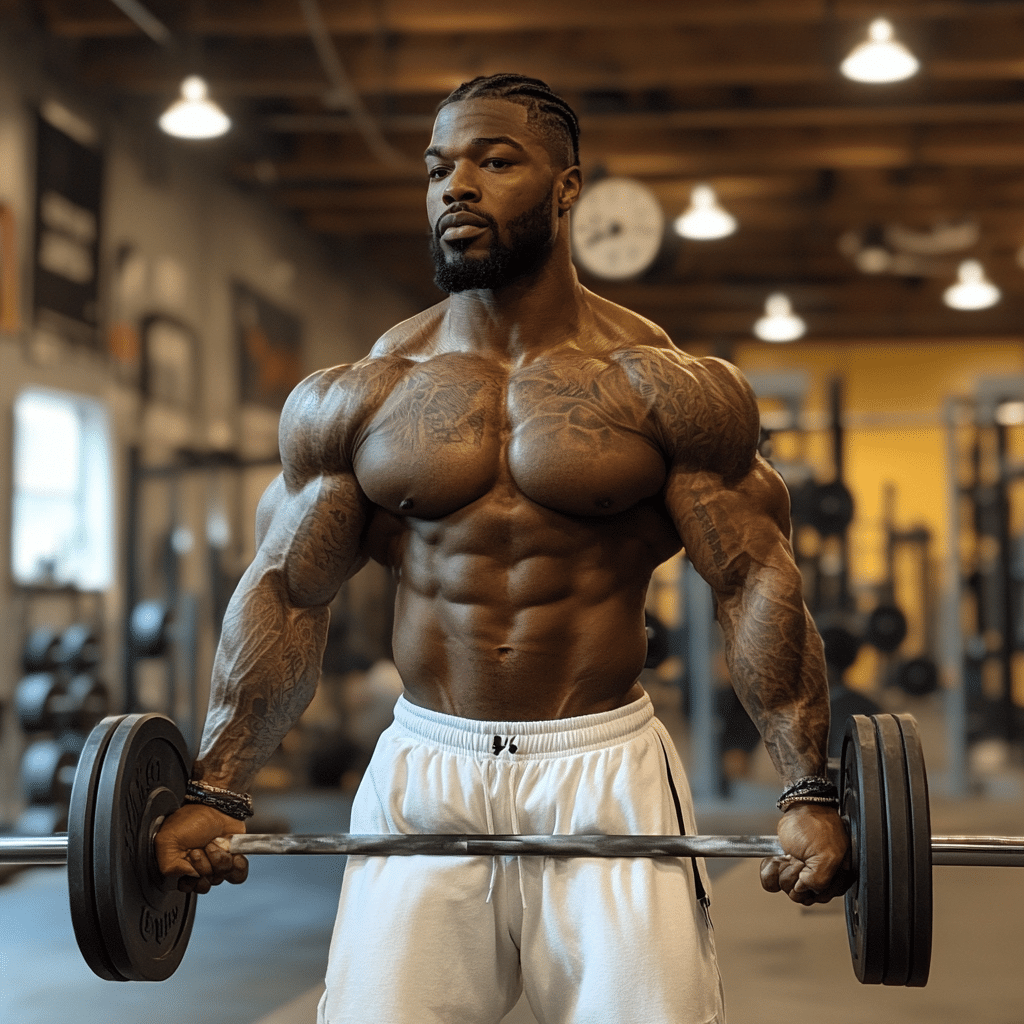
Do deadlifts actually build muscle?
Deadlifts are a fantastic way to build muscle as they work multiple muscle groups, especially the posterior chain, including the hamstrings, glutes, and lower back. You’ll also engage your core and upper body, making it a real powerhouse exercise.
Are deadlifts for legs or back?
While deadlifts primarily target the legs due to hip and knee extension, they also heavily involve the back muscles. So, they can fit into either leg day or back day, but they generally shine when done on leg day.
What are the benefits of deadlifts?
The benefits of deadlifts go beyond just strength. They can help improve your posture and spinal alignment while also boosting bone density and joint health when done correctly.
Can deadlifts cause lower back pain?
If not performed with proper form, deadlifts can indeed lead to lower back pain, which might stem from muscle sprains or strains. It’s important to focus on technique to minimize this risk.
Why do deadlifts make you bigger?
Deadlifts help promote muscle growth because they activate a lot of muscle fibers at once, pushing your body to get bigger and stronger overall.
Is 3 sets of deadlifts enough?
Three sets of deadlifts can be effective, but whether it’s enough often depends on your fitness level and goals. Some folks might benefit from more or fewer sets.
Is squat or deadlift better?
Comparing squats and deadlifts really comes down to your specific goals. Both exercises have their benefits; squats target the quads more, while deadlifts hit the posterior chain hard.
How many reps for deadlift?
For deadlifts, aiming for about 6 to 12 reps usually works well. You can adjust this based on your goals, whether you’re going for strength or muscle endurance.
Should I deadlift on pull day or leg day?
It’s often recommended to deadlift on leg day since it mainly targets leg muscles, but some people do choose to incorporate them into their pull day routine as well.
What are the disadvantages of deadlifts?
While deadlifts have great benefits, they come with some downsides too, like potential injuries if done incorrectly. It’s vital to learn proper technique to reduce risks.
Does deadlift reduce belly fat?
Deadlifts alone won’t specifically reduce belly fat, but they do contribute to calorie burn and overall fat loss in conjunction with a balanced diet and exercise.
Does deadlift increase testosterone?
There’s some evidence suggesting that heavy lifting like deadlifts can boost testosterone levels, which is beneficial for muscle growth and strength gain.
What muscles should be sore after a deadlift?
After a good deadlift session, you should expect soreness in your hamstrings, glutes, and lower back, as those areas get the most work.
Are deadlifts worth the risk?
Deadlifts can be worth the risk if you’re careful and do it right. They offer great overall strength benefits that can outweigh the potential for injury when performed safely.
How to tell if back pain is muscle or disc?
To distinguish between muscle soreness and possible disc issues in your back, pay attention to the type of pain. Muscle pain is usually sore and localized, while disc pain can be sharp, radiating, and may come with numbness or tingling.
Do NFL players deadlift?
Yes, many NFL players incorporate deadlifts into their training routines to build explosive strength and power, which is crucial for performance in their sport.
Do deadlifts promote growth?
Deadlifts promote growth by engaging several muscle groups and triggering anabolic responses in the body, leading to overall muscle development.
Do deadlifts improve physique?
Deadlifts can definitely improve your physique since they build strength and muscle, enhancing your body composition when combined with a solid diet and additional workouts.
Is it okay to not do deadlifts?
It’s perfectly okay to skip deadlifts if they don’t fit your routine or if you’re not comfortable with them. There are plenty of other effective exercises to choose from!



